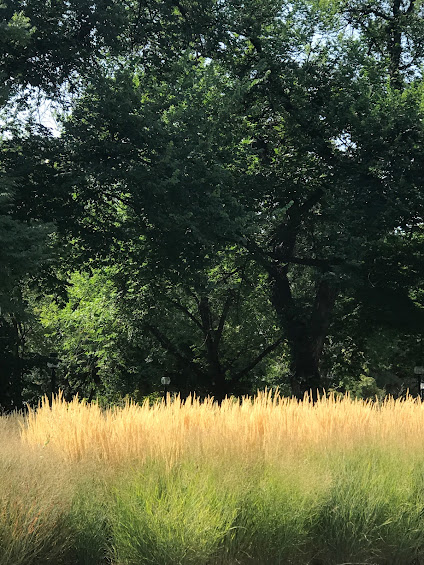 |
| Drought Tolerant Ornamental Grasses - Salt Lake City |
Xeriscape doesn't mean you need to remove your landscape and replace it with rocks and cactus. Fortunately, there are hundreds of plants that can be used in a waterwise design. Here are some things to consider when choosing plants for your Xeriscape:
- Determine which plants need to stay and which plants need to go. You might be surprised to find that many perennials and shrubs are drought tolerant and you can keep them. For example, lilacs, roses and iris don't need much water.
- Group plants with similar water needs together so that you can water efficiently.
- Plant drought tolerant plants in hot, sunny areas and places that are sloped to the south and west.
- A good way to choose plants is to look at other Xeriscape landscapes in your neighborhood. Talk to friends and neighbors and independent nursery professionals about plants that do well in your climate.
- Another good way to choose plants is to visit local public gardens, especially if they are demonstrating low-water plants. Red Butte Garden and Conservation Garden Park are great places to start.
- Your local city, county and state governments and water districts will have information about drought-tolerant landscaping in your area. In Utah, we are fortunate to have many resources to help us choose plants that are drought tolerant. Waterwise plant lists - This is a great list of resources for selecting drought tolerant plants from Utah State University.





